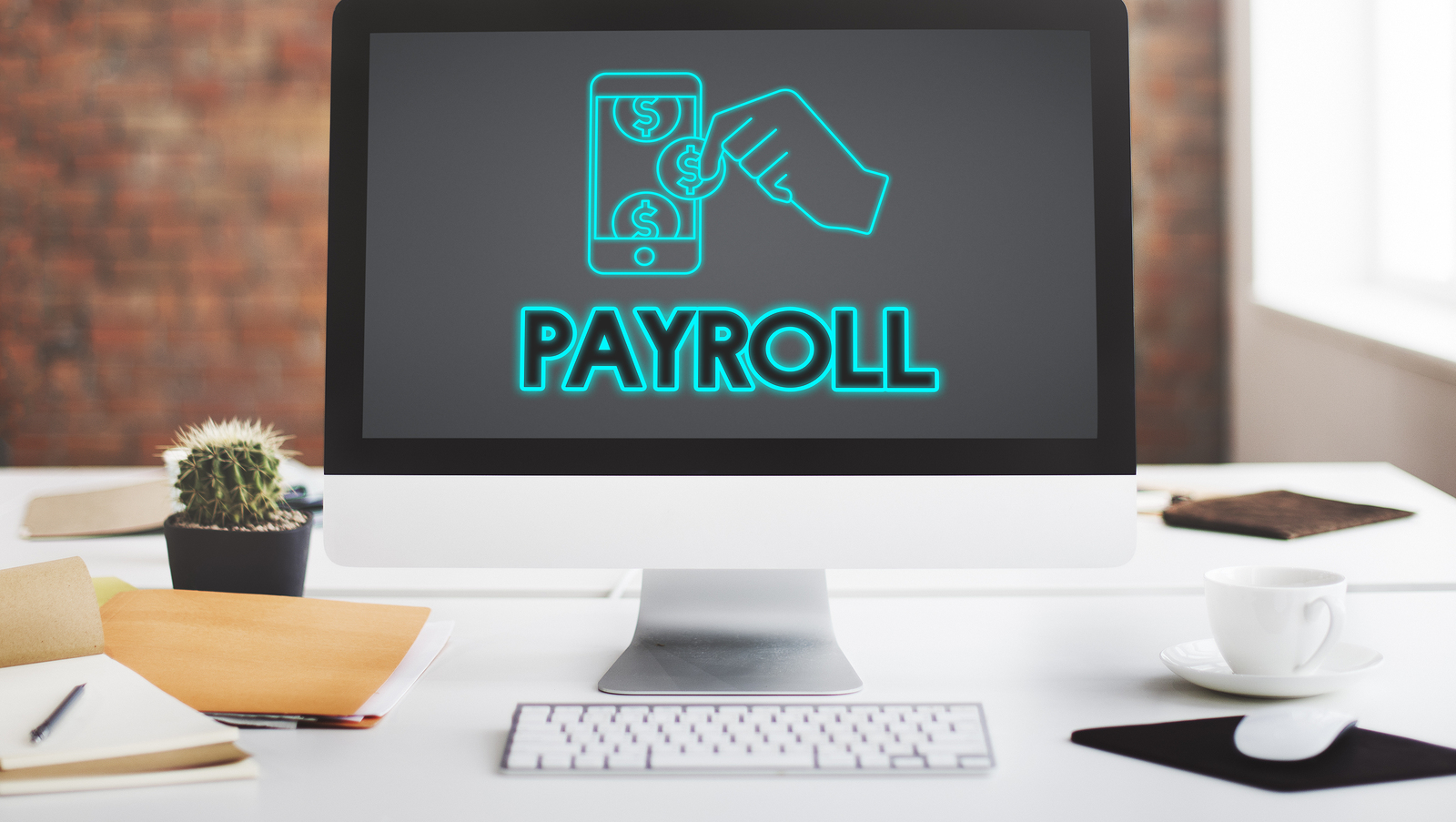
Payroll system management is probably the most demanding task for many organizations. Although some companies tend to think that making timely payments is achieving an efficient payroll system. On the contrary, achieving an efficient system entails many complicated processes. These can include tax compliance, regulations, employee benefits, and other necessities. Therefore, investing in a better payroll system can be beneficial.
As many organizations have different payroll system requirements, there are recommended steps you can implement to achieve a quick and efficient HR payroll system. Check out these steps.

Understand the State and Federal Tax Policies
Staying informed of the tax requirements is critical to any business and should not be overlooked. Additionally, you should comply with the IRS and any other tax regulation bodies. Failure to which penalties are applicable. So, you don’t want to use all the month’s profits in paying tax penalties. Therefore, it can help if you learnt the requirements of the state and federal tax policies and include them in your payroll system. Also, don’t forget to keep a regular check on your compliance status every time you make payments.
You can also make a pay stub for each employee to counter check their payments and tax compliance. On the other hand, if the employee in charge of the payroll system lacks the necessary skills on tax filing requirements, chances are they’ll file erroneous reports, and the result can be devastating. So, there is a need to ensure your staff is well trained to avoid these costly mistakes. And ensure employees get access to tax laws and regulations to keep them updated.
Streamline Your Payroll System to Enhance Transparency
You may not achieve an effective payroll system if the HR department is not working hand in hand with the accounting department. Proper methods to input, capture, track, and process employee information are crucial to avoid errors. And sometimes, these errors can be a result of employees not knowing how the payroll works. So, implementing employee-friendly payroll policies can help. Also, ensure you simplify policies that address regular issues like offs and attendances. Typically, an open payroll system should have the ability to show its processes, how to calculate salaries and the classification of employees.
It should also be clear on how overtime and commissions are calculated and show how to rectify payroll errors. You can also consider involving employees in the process. Employees cannot understand the payroll system at the same pace because they all have different abilities. Asking them to take their time to learn the system can even increase trust.
Remember to keep a close check on them and inquire if they’re okay with the payroll. And if there are any difficulties or confusion, it can be rectified earlier. If you keep regular checks on the employees, you can know if they’re comfortable with the payroll or not. Employees can also suggest when they feel it needs improvements or adjustments. On the same note, remember that it’s not only the lower-level staff that may be facing challenges. Even senior management may be having hard times, and the best way to know is to find an appropriate time to meet and discuss over the same.
Outsource Your Payroll System
Outsourcing a payroll system can save you the stress of penalties. Most companies today outsource part or their entire payroll system. If you own a business but don’t have skills in managing an effective payroll system or you’re too busy to get things done, outsourcing is the way to go. It can save you the time and energy you could have otherwise used in struggling with something you have less knowledge about. The payroll service providers are trained and possess the necessary expertise to keep your accounting, books, and payroll records in order.
If you decide to outsource part of the payroll, some of the complicated areas you may need assistance include tax filing, annual tax form printing, end year form distribution, garnishment management, and check printing. Outsourcing your payroll system can allow you to focus on other areas that can improve productivity and deliver. Similarly, it can help you save costs in the long run because you’ll only need to pay for an expert once, unlike when you keep on paying for system upgrading. Consequently, you don’t need to worry about deadlines, penalties, change of tax regulations, or forms to be printed. No more headaches because someone else is taking care of the most difficult task.
As an HR head, one of your most important responsibilities is to ensure the HR payroll is quick and effective. This requires you to implement high-end processes and systems to always stay on track. You should also be informed of the rapid changes in policies, and regulations that can cause problems if you’re not compliant. So, ensure you stay updated, adhere to tax policies, streamline your payroll process, or outsource to avoid stress.
